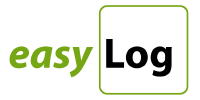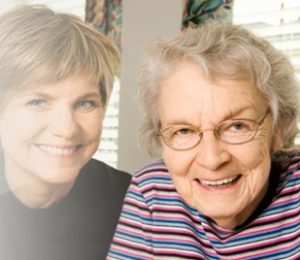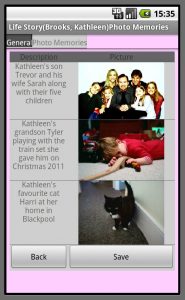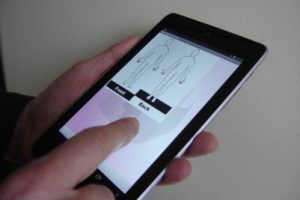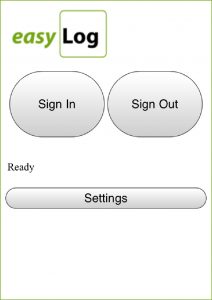
Whatever industry you are in or service your provide, you are probably finding that smartphones and tablets are increasingly finding their way into your working life – and are becoming just as indispensable as they are for social and leisure activities. The numbers speak for themselves.
Back in 2010, just a fifth of UK mobile phone users had a smartphone, according to eMarketer. Today, that figure is around 80 per cent. The trajectory of tablets has been even more rapid, with more than half of the adult population using one regularly by 2015 – up from a third in two years.
Harnessing the popularity of smartphones and tablets
Although it’s impossible to predict the future of emerging technology trends, we could see early on that mobile devices were going to have a major impact on the management of everyday tasks – and so easyLog began developing convenient app versions of key products from the start.
Initially we focused on apps for Android devices to keep costs down for customers. But as more people began using Apple and Windows devices, we have been able to offer more apps for iOS and Windows Mobile – such as our highly successful multi-location geolocation and QR code staff clocking app, Locate and Clock.
The popularity of these time-saving and simple-to-use apps has inspired easyLog developers to create smartphone and/or tablet versions of several of our other flagship products and increase the functionality available of apps already in the marketplace.
Expanding our app functionality and product range
The Care Logger smartphone app, for example, which is designed for domiciliary care staff, will soon be released with the option for carers to view their rotas, clock-in and view call information. Meanwhile, managers will be able to use the same app to schedule and reschedule calls.
We also have a remote clocking app in the pipeline that is appropriate for a wide range of business sectors. As always we are guided by making routine and complex tasks as quick and easy to perform for everyone involved, saving employers time and money. The move to mobile has really been something of a revolution for us and our customers and we don’t see any sign of it slowing down yet.
For more information on easyLog’s extensive range of products and latest apps, check our website or speak to one of our team.
